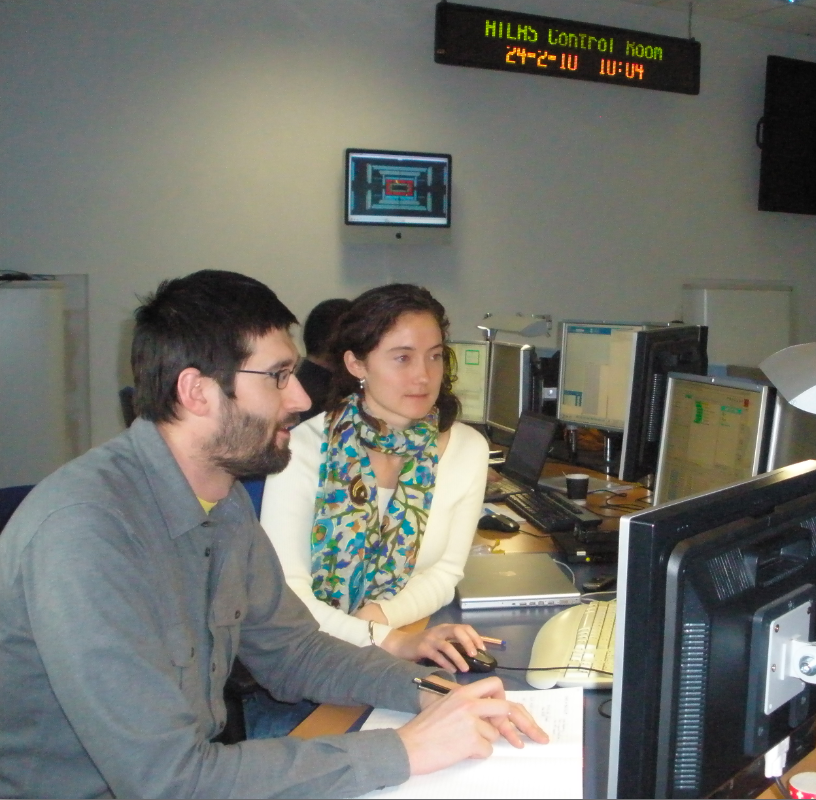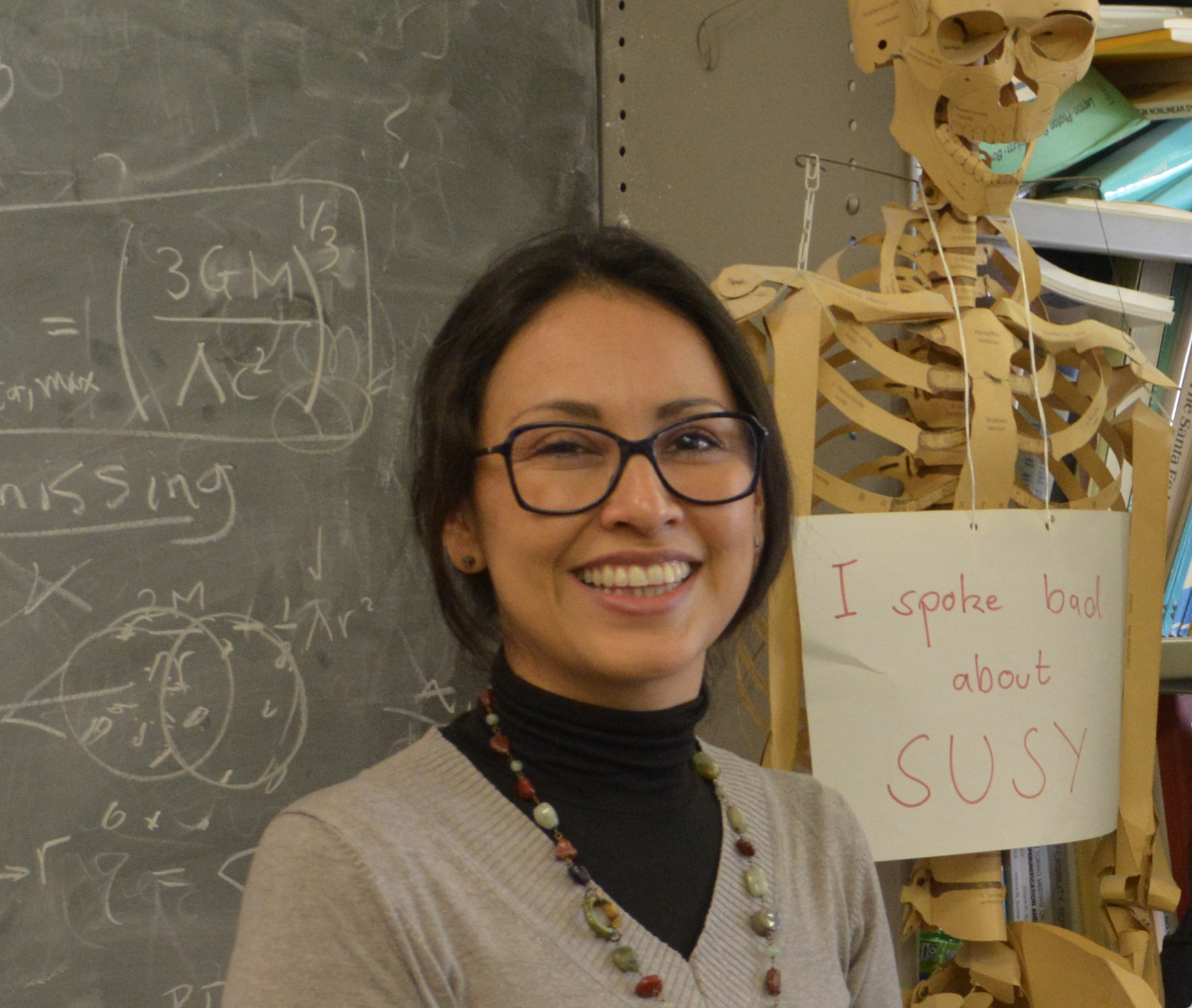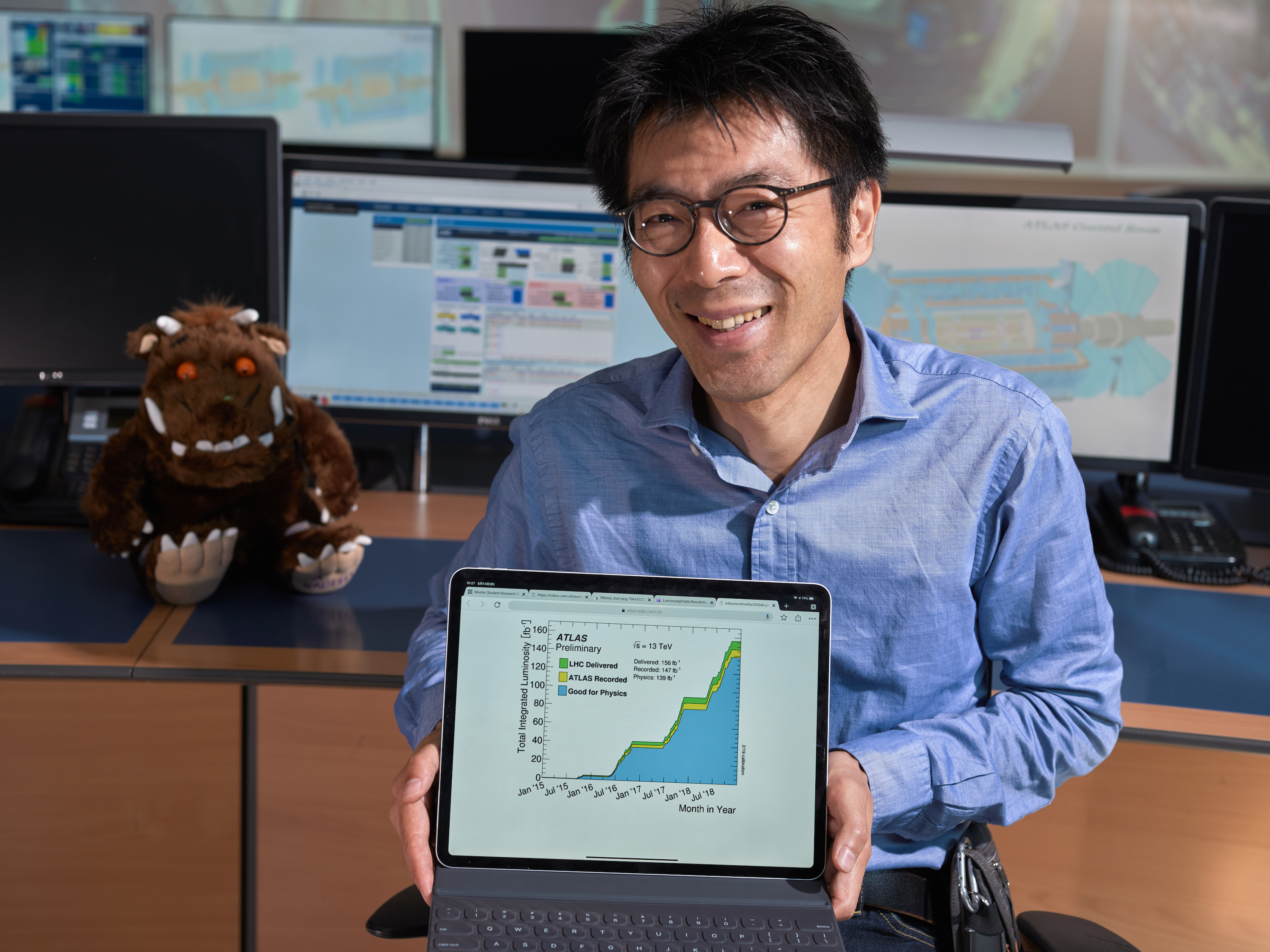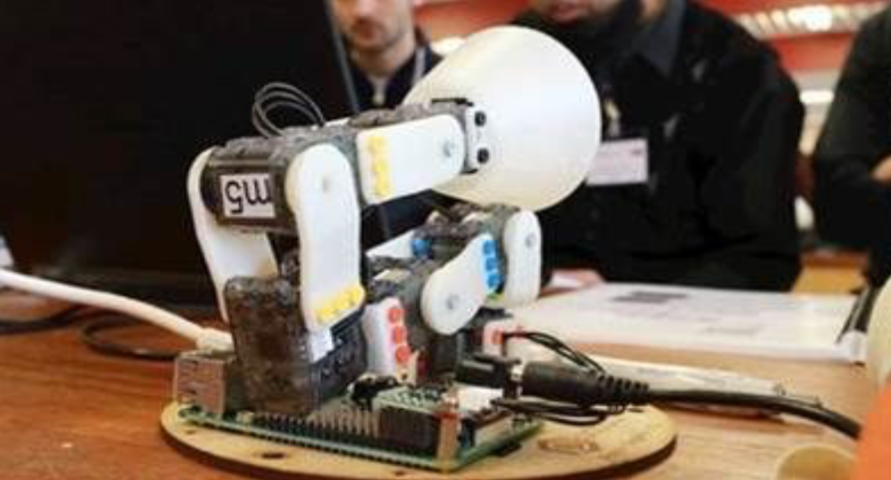Gearing-up for the 2010 run!
25 February 2010 | By
ATLAS has been taking cosmic rays data this month exercising new features of the data acquisition, including protocols to start and control the run.
To be prepared to the high collision rate we expect to have soon, the trigger system needs to be exercised. Higher trigger rate (especially for the fast first level of decision) means larger potential physics output. A stress test has then been performed with up to 50,000 random events per second in the first Level of the trigger (decision time of a couple of microseconds). Inner detector, calorimeters and muon systems were integrated in the run and operated stably in these conditions.
The protocol to start the run has been improved and tested. It is based on a so-called “warm start”. Once all the detectors are in a safe state, the shift leader gives the “Injection Permit” to LHC. ATLAS is safe for injection and beam commissioning when muon detectors and SCT are in “standby” mode (voltage lower than nominal), Pixels are switched off and the rest of the apparatus is at nominal conditions. The data taking then begins with a “standby trigger menu” that accounts for these not standard conditions. Once the beam is injected and it is declared “stable” by the LHC control room, muon detectors, Pixel and SCT are set to nominal conditions and the trigger menu is changed to “physics mode” without stopping the run.
This procedure, which allows to minimize the downtime, is currently exercised at each run start, even if there is no beam yet.
Another very important step to increase the (already very satisfactory) data acquisition efficiency is to repair parts “on the fly” without stopping the whole ATLAS. This is the so called “stop-less removal & recovery” option.
During a long run, it might happen that some of the read-out drivers (ROD’s) become busy, i.e. they do not reply correctly to the trigger as they have lost the configuration, are desynchronized or part of the detector they are connected to becomes noisy. A protocol has been implemented to remove and re-include them without stopping the run. Therefore solving the problem of a ROD interferes very little with the run. The conditions are recorded in the databases so that the analysis can take into account that the detector configuration was different for a little while. This “stop-less removal & recovery” protocol is working for the large majority of the ATLAS detectors (and soon it will be working for all).
Together with the upgrade described above, ATLAS is collecting since early February cosmic ray events. These allow for final tuning of the operation of the whole ATLAS with particles and readiness for first collisions.





